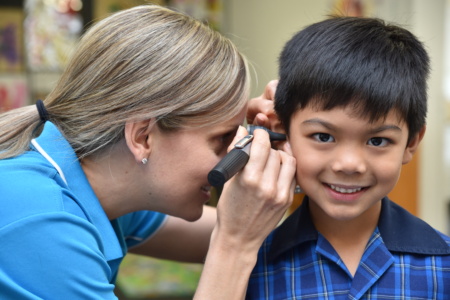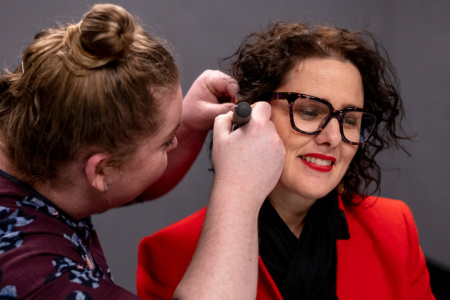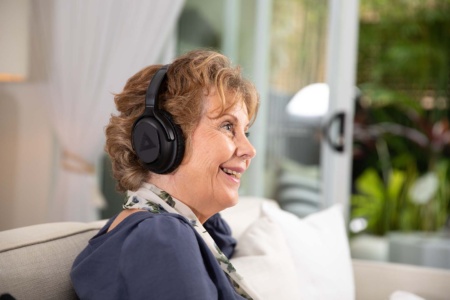Thanks to the latest technology and some innovation and creativity, Hear and Say is continuing to support our families to achieve their goals via Telepractice during this uniquely challenging time.
Our Telepractice program enables children and families, regardless of where they live, to access specialist services via easy-to-use videoconferencing technology.

New technology can bring a new set of challenges. The good news is, our team is armed with some handy hints to get you up to speed in no time.
We sat down with Kate Sharma, one of our listening and spoken language specialists to discover her top tips for accessing our Telepractice services:
Get to know Zoom: Download the Zoom app on your computer, and familiarise yourself with each of the settings and key features in advance of your Telepractice session.
Be prepared: Ensure you have all materials needed for your lesson or program on-hand and ready to go. It may be helpful to keep them in a box, out of sight until you’re ready to use them, to minimise distraction for your child.
Set up your workspace: Consider how your space is best set up. Telepractice lessons are most effective if your child is seated in a comfortable place for most of the time (e.g. a highchair, at a children’s table, at the dining table). Test whether the camera view will capture both you and your child at your chosen setup.
Flexibility: Be ready to adapt, as there may be times during the session where we need to think on the spot and change either the activity goals or resources. Your specialist will support you with this.
Planning is key: Get involved in planning your child’s therapy. Telepractice enables your valuable input into planning goals and activities, allowing you to make the experience highly personalised to your child by utilising familiar resources you have at home. This is a great way to build your confidence and skills in supporting your child’s listening and spoken language development.
Give feedback: Talk openly with your specialist about how well you feel Telepractice is working, and how it could be improved.
Use your mute button: We have found in our group sessions it is best for families to use mute during singing, as the audio doesn’t stream at the same time. Your specialist will also chat to you about other times this is important.
To find out more about telehealth, get in touch by filling out the form.









